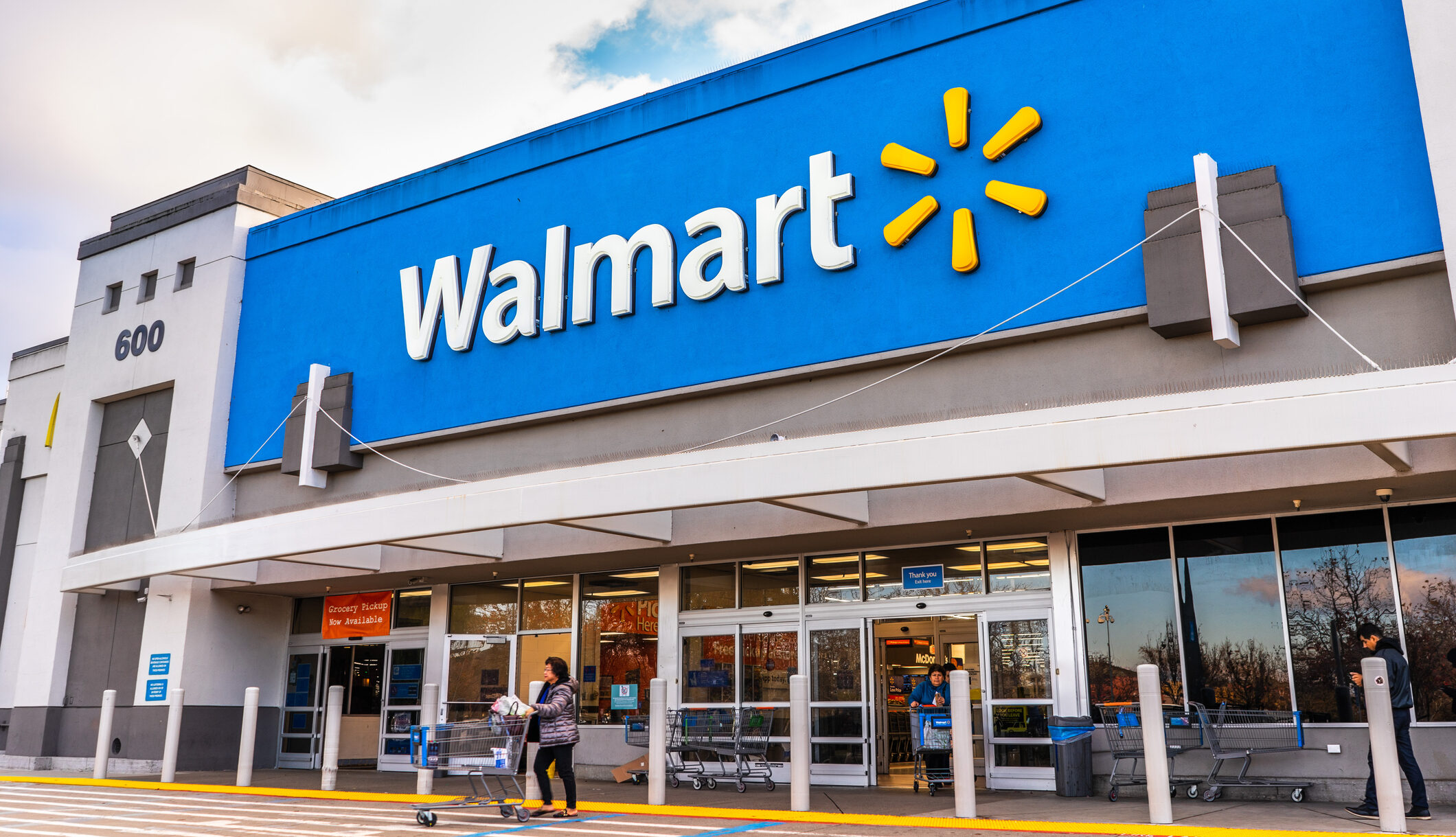
Walmart has announced its intention to acquire Vizio, a leading manufacturer of smart TVs, for an estimated $2.3 billion. This strategic move is set to catapult Walmart into a new realm, positioning it as a direct competitor against Amazon’s burgeoning advertising empire and signaling a transformative shift in how retail giants leverage technology to bridge the gap between e-commerce and digital advertising.
The Acquisition of Vizio
Vizio, renowned for its innovative SmartCast Operating System and a formidable presence in the smart TV market, brings to the table a rich ecosystem of more than 500 direct advertiser partnerships. This vast network, which Vizio proudly states as a significant contributor to its gross profit, provides Walmart with an unprecedented opportunity to integrate sophisticated advertising solutions and in-home entertainment experiences directly into the living rooms of consumers.
The acquisition is more than a mere expansion of Walmart’s product offerings; it represents a strategic foray into utilizing connected TV technology as a pivotal platform for advertising. With over 18 million active accounts on Vizio’s SmartCast OS, Walmart is set to revolutionize the way advertisers connect with consumers, offering more personalized and engaging advertising experiences at scale, stated by Walmart in a press release. This move not only enhances Walmart’s capabilities in reaching a wider audience but also fortifies its position in the competitive landscape of digital advertising.
Walmart’s venture into the smart TV domain is not without precedent. The retail giant has previously explored the potential of connected TV advertising through partnerships with companies like Innovid and Roku. These collaborations, focused on personalized ads and shoppable advertisements directly from TV screens, underscore Walmart’s commitment to innovating at the intersection of retail and digital media. The acquisition of Vizio, therefore, is a natural progression in Walmart’s strategy to harness technology in redefining the shopping and entertainment experience for its customers.
Navigating Regulatory Hurdles in Walmart’s Vizio Deal
However, the path to acquisition is subject to regulatory scrutiny and a standard review period, which includes a provision for Vizio to consider alternative offers. This clause highlights the competitive and dynamic nature of the tech and retail industries, where strategic alliances and acquisitions can dramatically alter market dynamics.
The timing of Walmart’s acquisition comes on the heels of Vizio’s significant software update, aimed at enhancing the user interface and overall customer experience of its smart TVs. This focus on software innovation is critical for Vizio as it continues to navigate the highly competitive smart TV market, competing against rivals such as Hisense, TCL, and budget-priced Roku TVs. Walmart’s backing is expected to accelerate Vizio’s innovation trajectory, enabling it to deliver more compelling and differentiated products and services in the crowded marketplace.
Walmart’s Vision for Digital Advertising Dominance
Walmart’s Vision for Digital Advertising Dominance involves:
- Integrating Vizio’s Technology: Leveraging Vizio’s innovative SmartCast Operating System and its extensive network of advertiser partnerships to enhance Walmart’s advertising solutions.
- Tapping into New Revenue Streams:
- Beyond Traditional Retail: Aiming to supplement the low-margin retail business with lucrative digital advertising revenues.
- Diversified Business Model: Exploring new sectors such as healthcare and financial services to build a more resilient and diversified business model.
- Leveraging Consumer Data:
- Vast Consumer Reach: Utilizing Walmart’s vast repository of consumer data, with 90% of Americans shopping at Walmart annually.
- Insightful Advertising Solutions: Offering targeted and effective advertising solutions based on insights from its 160 million weekly visitors.
- Setting Ambitious Goals:
- Aspirational Business Segment: Envisioning the advertising segment to not only complement its core retail business but also to become a significant driver of profitability and growth.
- Following Tech Giants: Mirroring the strategies of tech behemoths like Google, Facebook, and Amazon, which have successfully capitalized on the advertising space.
Despite its nascent advertising business, which currently constitutes a small fraction of its total sales, Walmart’s ambitions are grand. It envisions a future where its advertising segment not only complements its core retail business but also becomes a significant driver of profitability and growth. This vision aligns with the broader trend of retailers diversifying into service-based offerings, such as advertising, healthcare, and financial services, to build more resilient and diversified business models.
Featured Image courtesy of Sundry Photography/Getty Images
